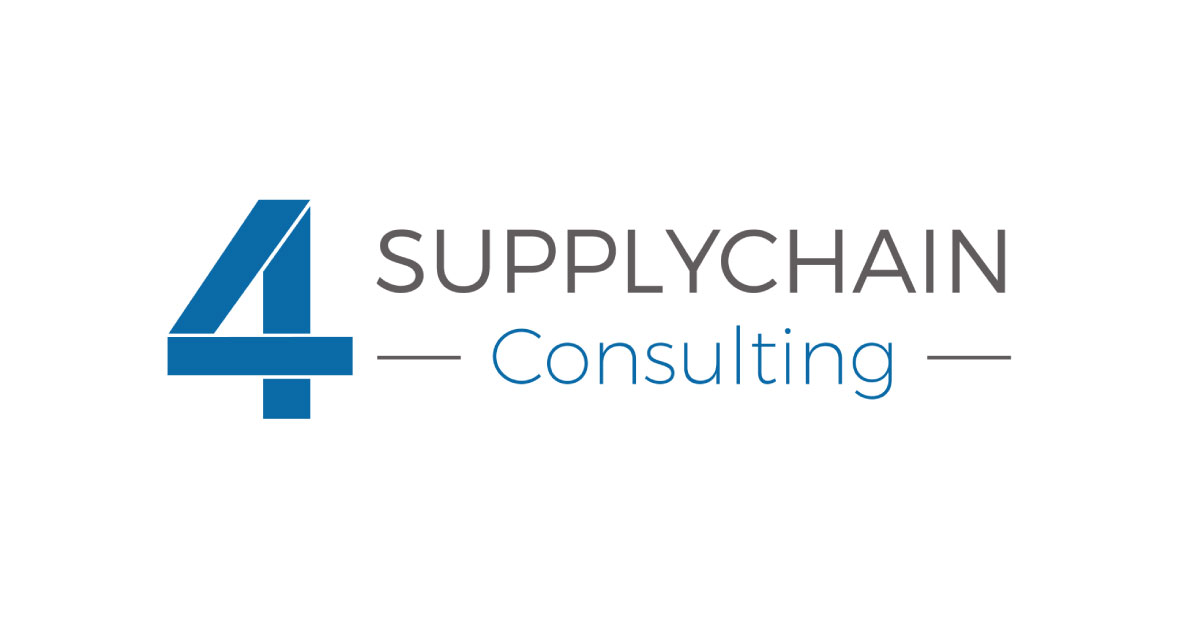S&OP consulting
Our consultants Olivier Berghuis and Jens Michaelis were called in to solve this typical ‘Sales & Operations Planning’ problem. The data analysis confirmed that demand has been fairly stable in recent years with a clear seasonal pattern and a sharp peak in the winter months. However, the production planning was based on orders placed. Most orders were placed three days to a week before delivery with a maximum of about three weeks ahead. All in all, the planning was highly reactive and short-term. In addition, the company struggled to ramp up production and find temporary workers to run more shifts during the busy winter season. On top of that, the Make-to-Order approach required frequent production line changeovers, which took a lot of time and jeopardised quality.
S&OP improvement
Our team improved the S&OP process, transitioning to four-week cycles. To properly forecast demand, they implemented the Forecast Pro tool, which algorithmically predicts expected demand at the individual product level and visualises it in a dashboard. Olivier: ‘With this tool, the client was finally able to make accurate long-term forecasts for its production process. The supply planner could use the forecasts to put together a production planning, after which the materials planner could devise a suitable purchasing strategy for raw materials and other resources.’
Demand planner and other supply chain planning roles
The roles of the two original planners (one for dough, one for dairy) were replaced by three new planning roles: one demand planner, one supply planner and one resource planner. During the project, our consultants served in each of these new roles and set up a system that would enable their successors to seamlessly follow in their footsteps.
Review of the S&OP process
Olivier: ‘The big advantage of this approach is that it lets you plan your resources more effectively while also boosting the efficiency of staff deployment and operations by moving beyond small runs.’ Jens: ‘The demand planner can add expected demand to orders placed, increasing the planning horizon. This gives the supply planner more information and lets them plan more efficient production runs, provided goods can be kept in stock, which was the case here. This also lets you get a grip on your expected production numbers sooner, allowing you to plan your resources, including employees and temporary staff, more efficiently.

